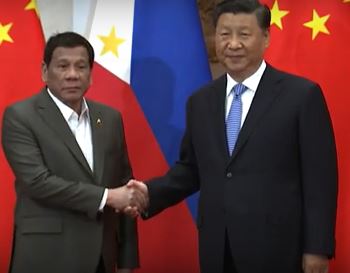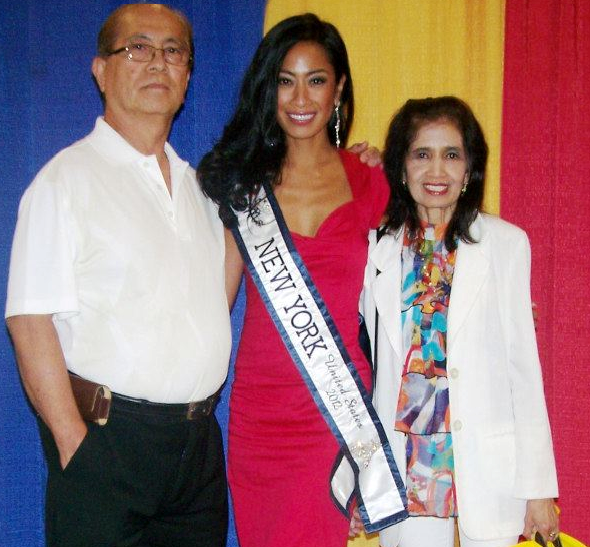Philippines and China: A delicate friendship

By Cristina DC Pastor
BEIJING — Like two estranged brothers, Philippine President Rodrigo Duterte and Chinese President Xi Jinping met here on August 29 to see how they can work around the issues that divide them.
The recent Summit Meeting was Duterte’s fifth visit to China, but actually his eight meeting with Xi, said Philippine Ambassador Jose Santiago Sta. Romana.
“Because (Duterte) has only three years to go (in his term), he has decided it’s time to include in the discussions sensitive issues that may have caused misunderstanding if it were brought up in the past,” he told reporters at a briefing at the Grand Hyatt where the meeting was held.
They had a packed agenda that included a couple of contentious issues: A 2016 international tribunal ruling that supports Manila’s claim over the West Philippine Sea, and a June 9 boating incident involving a Chinese vessel and Filipino fishermen. In the latter, the Chinese fishing company has issued an apology for the collision and terms for a possible compensation are being worked out, said Sta. Romana. Manila has accepted the apology, calling it “an act of humility.”
In 2016, The Hague’s Permanent Court of Arbitration set aside China’s nine-dash claim over areas of the South China Sea as “invalid,” including those the Philippines claims as part of its exclusive economic zone. In the summit, Duterte explained why the decision is important to Filipinos. It was articulated in a manner that was “assertive but friendly,” said Philippine Presidential Spokesman Sal Panelo.
Xi, for his part, maintained the Chinese position that it does not recognize the ruling.
While it appeared the two sides, right off the bat, did not come to any agreement, it was still a significant summit. It was the first time both countries have agreed to sit down and present their opposing stands at the highest level.

There is no illusion, said Sta. Romana, that the issues could be resolved overnight. “The important thing is to bring them to the fore of the diplomatic agenda.”
Friendship
It was the government of former President Benigno Aquino III that sought international arbitration in The Hague, a move that, sources told The FilAm, did not go well with the Chinese people for whom saving face is important. Bilateral relations at the time were seen as difficult, or not going anywhere.
The succeeding government of Duterte used a different approach. Duterte adopted a policy of accommodation to the point where he was being labeled a “puppet of China” by his critics in the Philippines.
Today, the two countries’ leadership is enjoying a bit of a rapport. Spokesperson Panelo said Duterte and Xi genuinely like each other.
“From their body language it’s obvious they admire each other,” he told The FilAm. “President Xi is reputed to be against any kind of corruption, and so is the president. There is mutual (admiration) in that respect.”
The two leaders “have become good friends,” said Sta. Romana. “When you’re friends there’s nothing you cannot discuss with each other.”

China recognizes Duterte has staked a lot politically, and “sincerely” wants to help his government, according to business sources. The rise in Chinese foreign direct investments from $10.8 million in 2016 to $232.24 million as of the first quarter of 2019 is testament to the Philippines becoming a favorite place to expand their businesses. At the Philippine-China Business Forum following the summit, Duterte invited investors in the audience to come to the Philippines and promised the full support of his office — no red tape, no corruption. “I will not allow wrongdoing, I will not allow corruption,” he said. The businessmen warmly applauded.
For now, the tack moving forward is to set aside disputes over sovereignty in favor of engagement in areas where they can work together. It could be in trade, tourism, education, culture or science and technology, among other areas. Already, there is optimism that a joint exploration of gas and oil resources in the South China Sea is coming soon, and that a memorandum of understanding has been signed. This could open the door for oil majors to finally drill in the area without fear of upsetting either government.
The differences will remain but it doesn’t mean there won’t be a relationship.
(C) The FilAm 2019










